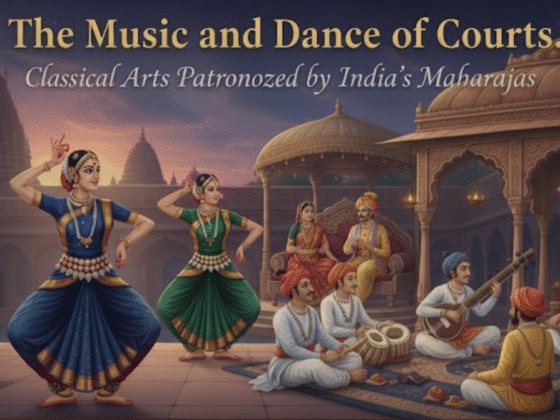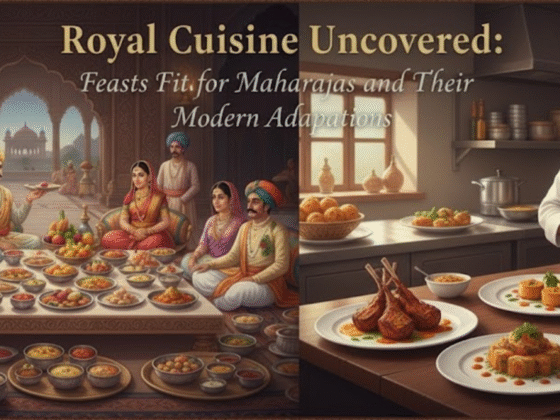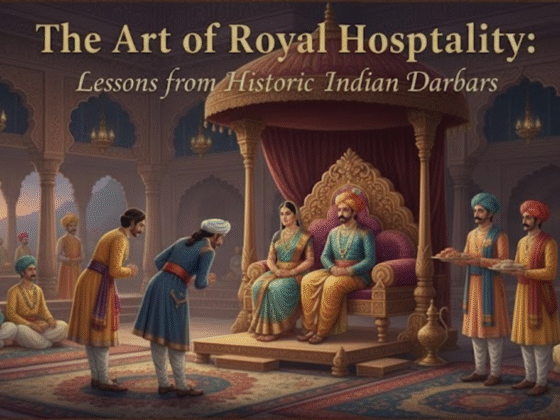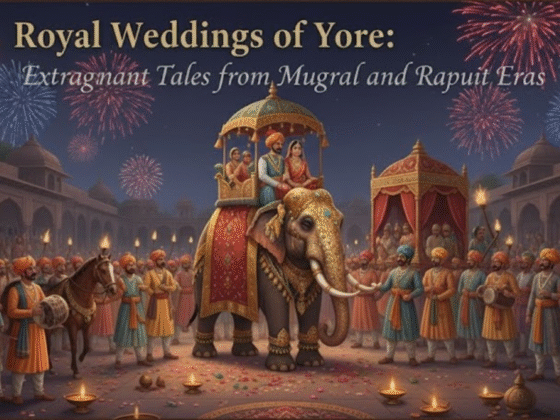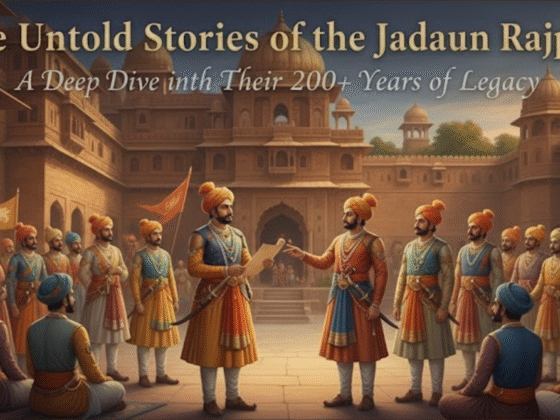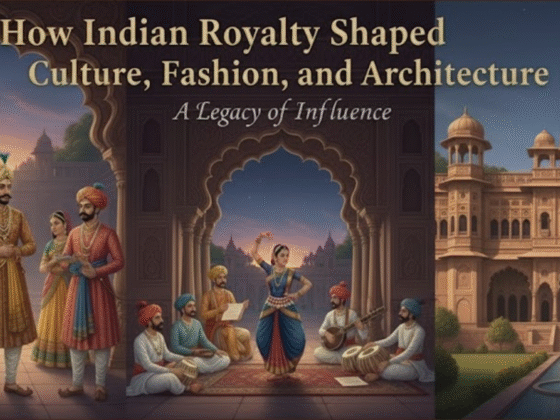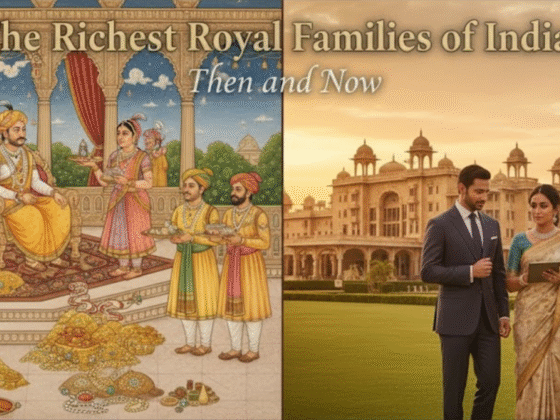
Introduction to India’s Royal Families
India is a land of vibrant cultures and rich histories. Its royal families once ruled vast territories, leaving behind tales that echo through the ages. However, many of these stories remain untold, hidden in the shadows of time. The legacy of India’s forgotten royal families is an intricate tapestry woven with threads of valor, romance, and tragedy.
As we delve into this fascinating journey, we’ll explore the rise and fall of majestic dynasties like the Rajputs and Mughals. We’ll uncover lesser-known lines such as the Marathas and Nizams who played pivotal roles in shaping India’s history but often fade from mainstream narratives. Today, descendants continue to honor their heritage while navigating modern life.
Join us as we peel back layers of history to reveal the untold stories that deserve recognition—stories that capture both heartache and triumph while reminding us of a glorious past nestled within our diverse present.
The Rise and Fall of the Rajputs
The Rajputs, known for their valor and chivalry, carved a remarkable niche in India’s history. Originating from the warrior clans of Rajasthan, they ruled over various princely states. Their tales are woven with honor and loyalty to their land.
During the medieval period, the Rajputs stood as fierce defenders against invasions. They forged alliances through marriages and strategic ties. This created a tapestry of power that some believed was unbreakable.
However, internal rivalries began to sow discord among clans. The arrival of powerful empires like the Mughals further complicated their fate. Despite noble efforts to resist foreign domination, many kingdoms succumbed amid political strife and betrayal.
Their legacy is not just one of battles fought but also an enduring cultural impact reflected in art, architecture, and folklore across India today. The opulence of palaces still whispers stories of bravery intertwined with heartbreak.
The Mughal Dynasty: Tales of Power and Intrigue
The Mughal Dynasty, a beacon of opulence and complexity, painted India’s history in vivid colors. Founded by Babur in the early 16th century, it brought together diverse cultures under one vast umbrella.
Emperor Akbar stands out as a remarkable figure. His policies of tolerance and inclusion reshaped societal norms. The creation of Din-i Ilahi aimed to unify different religions, showcasing his visionary approach.
Yet, intrigue simmered beneath the surface. Shah Jahan’s love for Mumtaz Mahal led to the construction of the Taj Mahal—a symbol of eternal affection but also a tale riddled with personal sacrifice and political maneuvering.
As power shifted between emperors, rivalries intensified within the royal court. Aurangzeb’s reign marked a turning point; his strict adherence to orthodoxy sparked dissent among various factions.
Every corner turned reveals another layer—betrayals whispered behind palace walls and alliances forged through cunning diplomacy shaped this enthralling saga.
Lesser Known Dynasties: Marathas, Nizams, and more
The Marathas, once formidable warriors, carved out an empire that dominated much of western India. Their innovative military tactics and strong administrative systems set them apart in the annals of Indian history. Even today, cities like Pune echo their legacy through grand forts and vibrant festivals.
Meanwhile, the Nizams of Hyderabad are often overlooked yet fascinating figures. Known for their immense wealth and cultural patronage, they transformed Hyderabad into a cultural hub during their reign. The opulent palaces still stand testament to their grandeur.
Other lesser-known dynasties also played crucial roles in shaping regional identities. The Rajput states showcased valiant kings who staunchly defended their territories against invasions. Each dynasty has its unique story—an intricate tapestry woven with bravery, art, diplomacy, and intrigue that continues to inspire curiosity among historians and enthusiasts alike.
These forgotten royal families remind us of India’s rich diversity and complex historical narrative.
Modern-Day Lives of Royal Descendants
Today, many descendants of India’s royal families navigate a complex landscape. While some embrace their heritage proudly, others seek new identities beyond the gilded past.
In bustling cities, you might find them in boardrooms or launching startups. They blend tradition with modernity, showcasing that royalty can thrive in contemporary society.
Many engage in philanthropy too. The legacies of their ancestors inspire initiatives aimed at education and health. It’s a way to give back while preserving history.
Social media platforms have become popular for sharing glimpses into royal lives today. Their stories resonate with people who cherish culture and nostalgia.
Some descendants still reside in palatial homes turned museums or boutique hotels, offering visitors a taste of regal life while maintaining connections to their roots. This balance enables them to honor the past while stepping confidently into the future.
Preservation of Heritage and Legacy
Preservation of heritage is a vital endeavor. The stories behind India’s forgotten royal families deserve to be told and cherished. These legacies are woven into the fabric of our history, rich with culture and tradition.
Many descendants actively work to restore palaces and forts that have stood for centuries. They transform ruins into museums or cultural centers, breathing new life into old stones. Artifacts from their ancestors tell tales of valor and artistry.
Communities often engage in reviving traditional crafts linked to these dynasties. Local artisans create exquisite handicrafts inspired by royal designs, ensuring these skills don’t fade away.
Festivals celebrating regional history bring people together, illuminating ancient traditions for younger generations. This collective effort fosters pride in heritage while creating a bridge between past glories and modern identities.
Every restored monument narrates an untold story—a reminder of resilience amid changing times. Each initiative serves as a testament to honor the past while looking toward future possibilities.
Conclusion: Honoring the Past, Embracing the Future
The stories of India’s forgotten royal families provide a glimpse into a rich tapestry woven with power, love, betrayal, and resilience. Each dynasty tells its own unique tale, filled with opulence and struggle. The Rajputs carved their legacy through valor on the battlefield, while the Mughals crafted an empire defined by artistry and ambition.
Yet beyond these well-known narratives lie many lesser-known dynasties like the Marathas and Nizams. Their contributions to India’s cultural heritage often go unrecognized but are equally fascinating. Today’s descendants navigate modern life while grappling with their ancestral legacies.
Preserving this heritage is vital for future generations. It fosters a sense of identity that connects us to our past while enabling us to stride confidently into the future. As we explore these untold stories of India’s forgotten royal families, we honor not just history but also pave pathways for understanding who we are today and where we are headed tomorrow.



